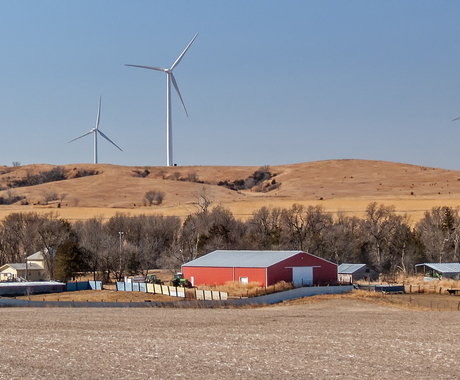By Lauren Kolojejchick-Kotch, former staff member
Nebraska relies heavily on coal to generate electricity in the state, even though we rank 4th in the nation for wind energy potential and 13th for solar power potential. These resources could easily play a larger role in our energy portfolio. Especially since demand for electricity generated from these energy resources is growing dramatically from individual customers and regional markets.
According to the American Wind Energy Association (AWEA), replacing coal with wind energy in Nebraska conserves 1.9 billion gallons of water. Nebraska Public Power District reports that coal-fired Sheldon Station alone uses 120,000 gallons of ground water per minute in the power plant's cooling system. Transitioning from coal to clean energy would conserve ground and surface water that is important for agriculture, tourism, and community needs.
Research from Synapse Energy Economics suggests that a variety of safeguards would call for additional controls on Sheldon Station’s air, water, and waste pollution and lead to significant costs. Coal-fired power has impacts on the water we consume and use heavily in our main economic activities like agriculture.
The quality of the air we breathe, and our tourism industry are impacted as well. We aren’t just talking about pollution, but also the unintended consequences of the generation process that can specifically impact hunting, fishing, hiking, wildlife viewing, and other outdoor activities Nebraskans value.
In a public power state, we have the opportunity to talk with our elected officials about an energy portfolio that protects and prioritizes our communities and environment, our health, and our economic well-being. It is up to us to create a vision for our future that protects our health, and the air and water we depend on.





